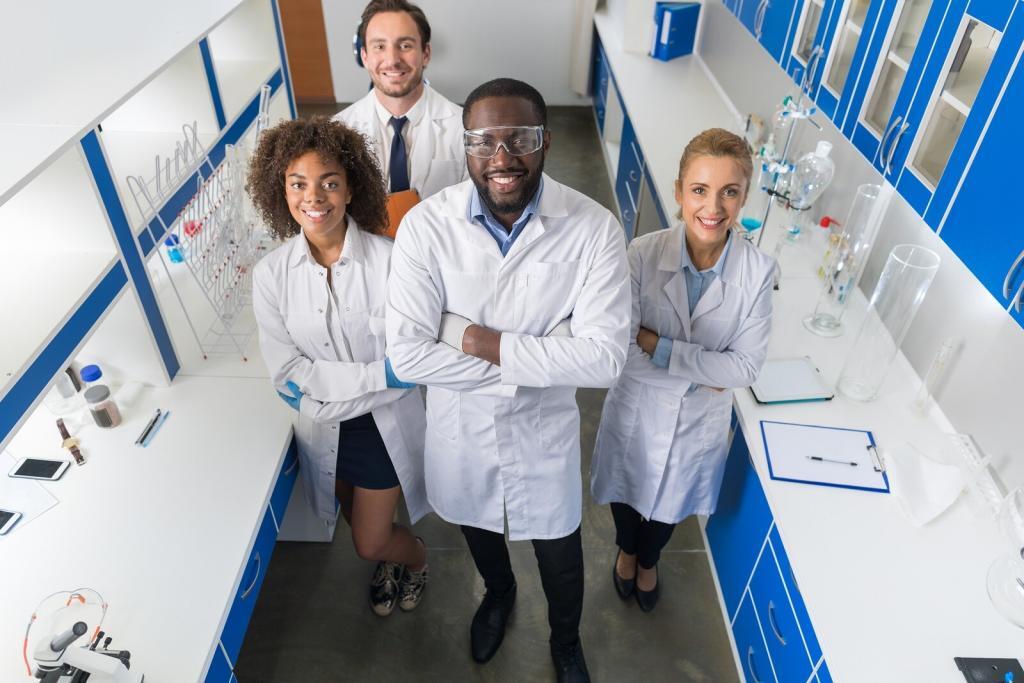Money is always tight these days. In addition, in these uncertain times everyone is little more cautious. This is even more true for funding bodies, whether they are governmental departments having to tighten their belts or small charities managing their generously given donations. All funders are looking for the maximum “Bang for their buck” and so return on Investment (ROI) is critical to their decision-making. Demonstrating how Biobanks maximise return on investment is more critical now than ever.
Biobanks looking for a slice of that funding need to be really clear about how each pound is to be spent. This includes what the benefits will be and to make that clear to the funding bodies. Funders need to be sure that you are using their money wisely and with the right aims.
This is a challenge across the whole research community and many organisations are coming up with some clever and innovative differentiators. However, there are a few basic points that you should always looks to include when calculating return on investment.
Set achievable goals
Firstly, be really clear about what you are aiming to achieve. Long-term aspirations are great to give the direction of travel but you also need shorter-term goals that are quickly achievable and that you can focus on day-to-day. Regularly achieving small targets keeps the enthusiasm up and maintains a feeling of progress. It is also much more measurable thereby giving evidence of progress and achievements.
When you are setting those short-term goals also document the methodology for measurement and follow it as you go.
Avoid duplication
Ensure that you are different and that you are providing a service for which there is a genuine need. If your Biobank turns out to be reproducing what an existing Biobank already provides you will struggle to gain funding.
Also, you will always be competing with the other Biobank for customers (researchers) and could even cause some confusion for those generous donors who you all rely on.
Build ROI into funding bids
When applying for funding, build the measurement of return on investment into the costs so that there is already budget available to cover the resources the ROI measurement work will need. This is really practical and raises the funders’ confidence that ROI is a fundamental part of how you work. Funders want to understand the steps you are going to be taking and how their money will make a difference.
Do not leave ROI measures to the end as these are important to help guide and focus your efforts.
Maximise visibility
A Biobank that stores biosamples that are not being used for research is not providing value for money. In fact, it is not really a Biobank – it is a biosample storage facility! If this is the case then your return on investment measures will be poor. Biosamples have to be used and that means that researchers need to know that they exist. There are many ways for you to publicise this.

Firstly, you can register your Biobank with the UK Clinical Research Collaboration (UKCRC). UKCRC has an excellent Tissue Directory of Biobanks that researchers can browse to find which Biobank has biosamples they need.
In addition, you could become accredited by the Health Research Authority. Being accredited by the Health Research Authority (HRA) helps with ethics approval but also helps to avoid duplication. Further, these industry bodies have helpful guidelines on improving informed consent which can show funders that your Biobank is well run and distinctive.
Adopt existing best practice
Joining industry bodies such as ISBER has many benefits including access to best practice documentation drawing on years of experience of their members. Usefully, because the benefits of recording and reporting ROI are well-proven, those best practices include lots of advice on ROI. This documentation can be a goldmine!
Use a database system to manage sample tracking processes
Using generic tools such as Microsoft Excel or Access to manage lab biosample data can cause concerns for funding bodies and the HTA. Funders are generally looking for Biobanks to utilise systems with strong auditing and process control. Specialist systems, even entry-level ones, offer tools that help to show that processes are efficient and being followed. They also make it easier to measure ROI.
In summary
When focusing on how your Biobank can maximise return on investment you are actively identifying ways to be as efficient as possible. Measuring ROI delivers the specific benefits you are deriving from your funding, raises morale and identifies which processes are working really well. In addition, it can help highlight those areas which might need improvement and maximises your chance of further funding from those cash-strapped funders.
References
- UKCRC Tissue Directory – https://www.ukcrc.org/research-infrastructure/ukcrc-tissue-directory-and-coordination-centre/
- Health Research Authority (HRA) – https://www.hra.nhs.uk
- International Society for Biological and Environmental Repositories (ISBER) – https://www.hra.nhs.uk

Comments are closed.